Commentaries

Providing students with the education and deep understanding of the issues and capabilities is now even more crucial
Edward
Mazria and Lindsay
Rasmussen of Architecture 2030
respond to the B&C special issue EDUCATION
& TRAINING: MAINSTREAMING ZERO CARBON. Professional design schools can provide the leadership needed
to address what is this century's greatest challenge - the preservation of a
habitable planet. Providing
students with new knowledge and capabilities is now even more critical if we are to act responsibly to stay within a 1.5˚C budget. 5 broad challenges for higher education are presented.
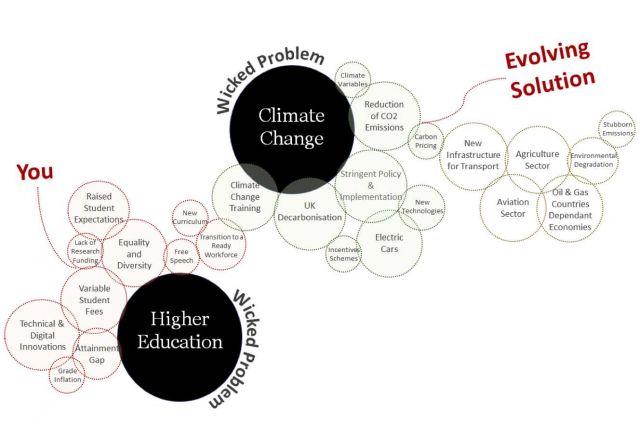
This transformation of a university built environment department shows strategic leadership can achieve a zero carbon curriculum.
The B&C special issue EDUCATION & TRAINING: MAINSTREAMING ZERO CARBON raised three challenges: How can education and training be rapidly changed to ensure the creation of zero-carbon built environments? How can this transition be implemented successfully? What positive examples and models can be drawn upon or adapted? Elena Marco responds to these challenges and explains how the Department of Architecture and the Built Environment at UWE Bristol implemented rapid and deep change.

Firm and rapid action by the RIBA and other accreditation bodies is needed for curriculum change.
The B&C special issue EDUCATION & TRAINING: MAINSTREAMING ZERO CARBON could not be more timely, as the Royal Institute of British Architects (RIBA) is rethinking how best to reframe its education and also at a time of crisis management and rapid change in universities in the light of the pandemic. Flora Samuel and Lorraine Farrelly (both at the University of Reading) argue that a radical reframing of built environment competencies, allowing new hybrid routes to competency, has to be part of this process.
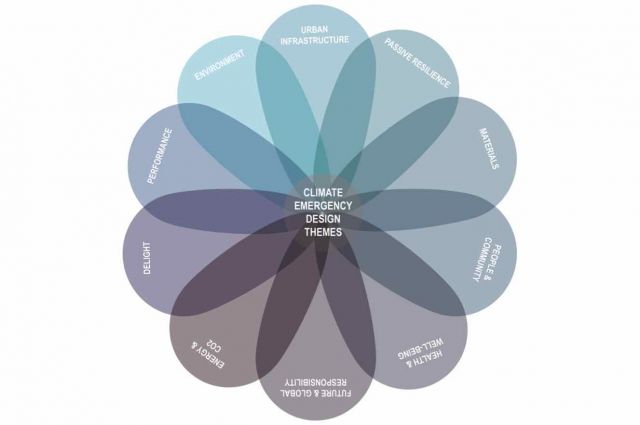
Firm and rapid action by accreditation bodies and regulators is needed to make architectural education fit for purpose.
Sofie Pelsmakers (Tampere University) and Fionn Stevenson (University of Sheffield) respond to the B&C special issue 'EDUCATION & TRAINING: MAINSTREAMING ZERO CARBON'. They argue that a mandatory set of educational standards
from accreditation bodies is the key to creating the abilities, competences and values that a carbon neutral society needs.

A societal conversation about the control and use of energy data is urgently needed to clarify rights and privileges surrounding the privacy, access and security of personal data.
Kirsten Gram-Hanssen and Maja de Neergaard (Aalborg University in Copenhagen) examine why so little public discussion exists on energy data and sustainable development. Detailed energy consumption data is a goldmine in terms of developing the climate-neutral society of the future. However, energy data reveal much about our private lives and the way we live in our homes.

Why is building retrofit important for a sustainable economic recovery? What are key elements for success?
Faye Wade (University of Edinburgh) highlights the importance of building retrofit for a
sustainable economic recovery from the COVID-19 pandemic. Not only does retrofitting
promise a major step toward a low carbon society, it also contributes to
increased GDP and jobs in the construction sector.
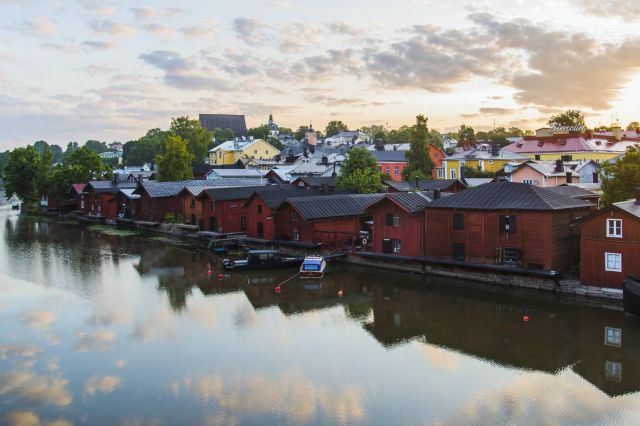
Smaller cities and towns can offer attractive forms of urbanism and quality of life. Alternative criteria to density are needed.
Mari Vaattovaara (University of Helsinki) critiques the current emphasis on city
density and size as desirable quality indicators. If emphasis is placed on the quality of physical
environment or quality of life, then smaller cities and towns are both viable
and desirable alternatives.
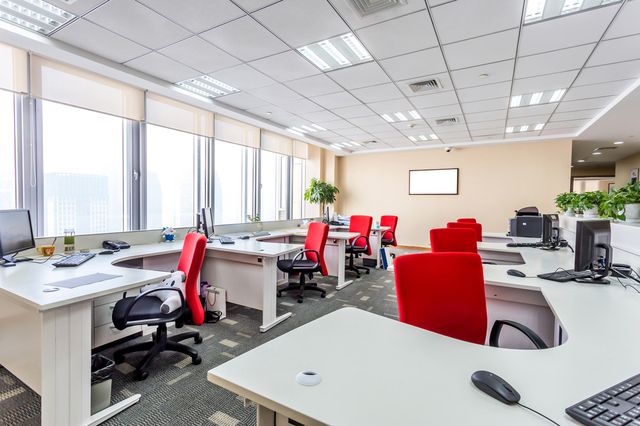
How will social distancing and new practices change real estate, facilities management and the use of buildings?
COVID-19 will change real estate practices and how we use buildings - during the cautious present re-opening of gathering places whilst the virus remains a threat; and possibly for the longer term. Alexi Marmot (University College London) considers some implications for the built environment, particularly the operation of our workplaces, schools, healthcare environments, retail centres and cities. Will the role of facilities manager be re-defined and given more prominence?
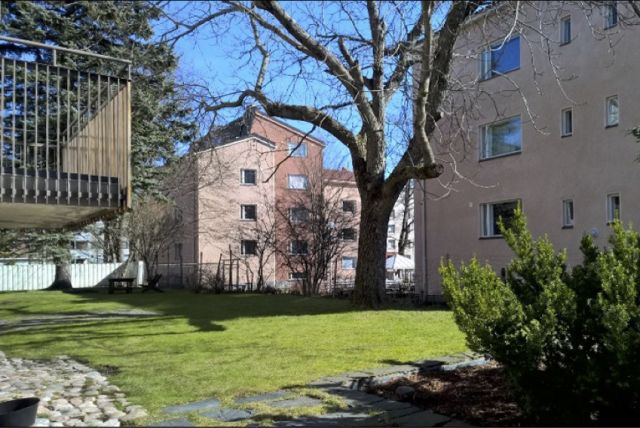
How can housing be healthy, adaptable, resilient and optimised for the multiple functions?
Dwellings provide not just a living space, but act as a pandemic shelter, a workplace, an impromptu school, a gym, a playground and more. Katja Maununaho, Sini Saarimaa, Jyrki Tarpio and Sofie Pelsmakers (Tampere University) critique current apartment design and contemplate how apartments can be designed to be adaptable and respond better to many existing and new needs.

Will the Hackitt Review recommendations be easily implemented?
Graham Spinardi (University of Edinburgh) explores the implications of the Hackitt Review into fire safety regulation following the Grenfell Tower disaster. In particular, he considers the challenges to implementing a digital 'golden thread' of building information throughout a building's life cycle.

During Covid-19 pandemic office buildings are no longer the places where people spend half their waking time.
Chiara Tagliaro explains how the workplace is changing due to the shift to working from home. Key questions and challenges are posed for researchers, practitioners and facility managers: to create a strong evidence base and define appropriate new practices for a range of circumstances and individuals.

Is the current situation an opportunity to undertake fundamental changes in the building regulatory process in order to ensure safe and healthy buildings?
David Eisenberg (Development Center for Appropriate Technology) and Rick Diamond (Lawrence Berkeley National Laboratory) consider the opportunities and challenges of building regulatory reform in the post-pandemic period.
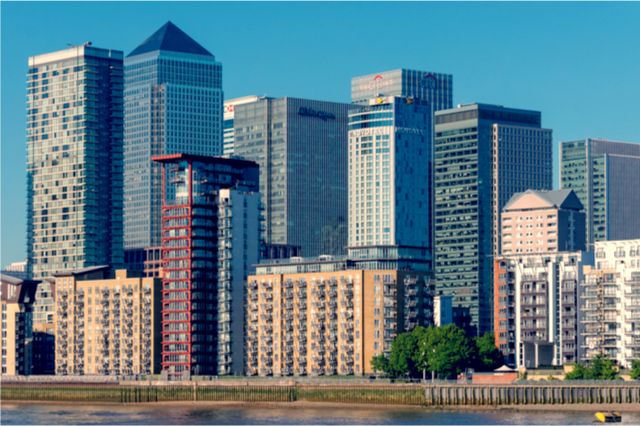
Wastewater systems in tall buildings are a transmission pathway for pathogens. Despite robust evidence (and clear solutions), standards, codes and regulations have failed to respond and present a public health risk.
Michael Gormley (Heriot Watt University) explains a neglected area of public health and building design: the plumbing systems for wastewater. What can building designers and regulators can do to reduce the hazard of disease transmission in tall buildings?
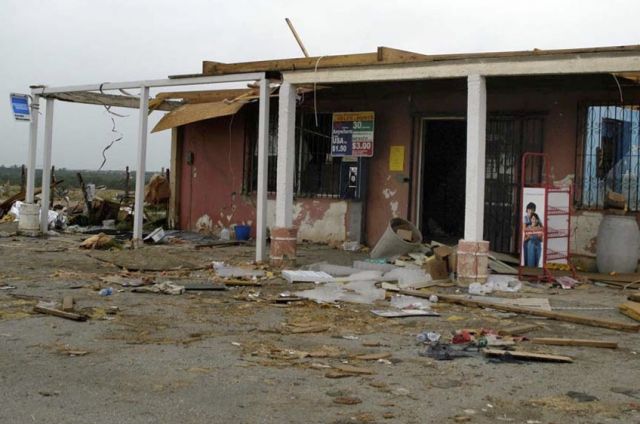
Disasters are not natural occurrences. The design of cities and buildings can exacerbate or eliminate most disasters.
Ilan Kelman (University College London & University of Agder) explains why disasters are caused by humans - disasters come from a society's decisions and actions, not nature. Many disasters can be eliminated through design, regulation and social practices. Built environment professionals have a significant role in tackling disasters involving risk identification, assessment, and management. Vulnerability takes a long time to create or eliminate due to the slow evolution of most cities.
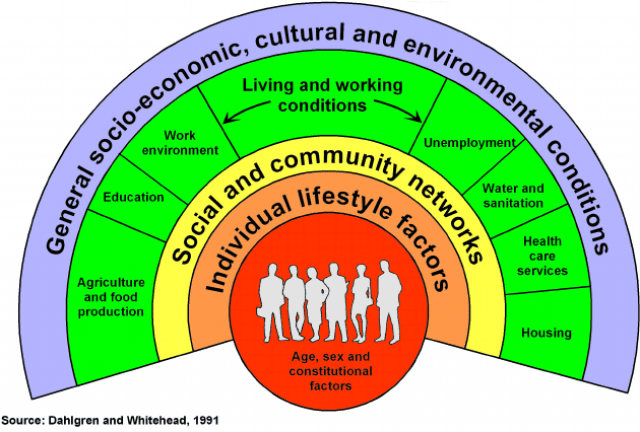
The built environment has a fundamental role in maintaining public health. What lessons has Hong Kong applied to reduce the spread of contagion?
An important function of the built environment
is providing a safe place for its inhabitants.
Edward Ng (Chinese University of Hong Kong) recalls the spread of SARS in Hong Kong and reflects on the public health lessons for the built environment. A process of preparation and management is vital for
reducing present and future health risks. This is becoming evident in Hong Kong's
recent codes and regulations for urban design and buildings . Other cities can learn from this process.
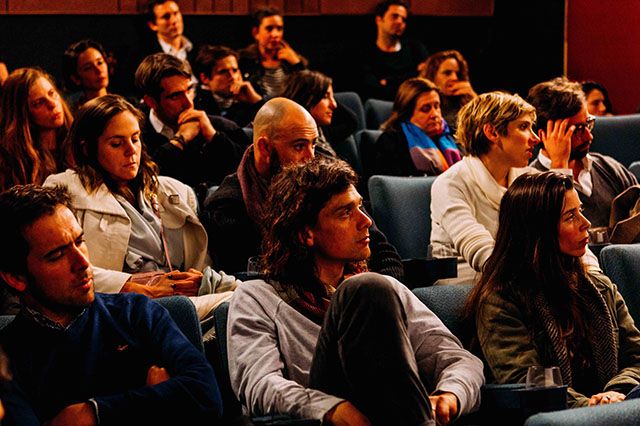
The present format of scientific conferences is outdated and needs to rapidly change. How we can reconfigure conferences to better suit the needs of researchers?
The COVID-19 outbreak has cancelled or postponed conferences, shifting others to virtual meetings. This presents an opportunity to reflect on the questions about the purpose of scientific conferences and ways to improve them: how can they function more effectively, how are they organised, who are the major beneficiaries, should their number be reduced, and how to limit their environmental impacts (especially from air travel)? Buildings & Cities' Richard Lorch argues for the urgent need to change scientific conferences.
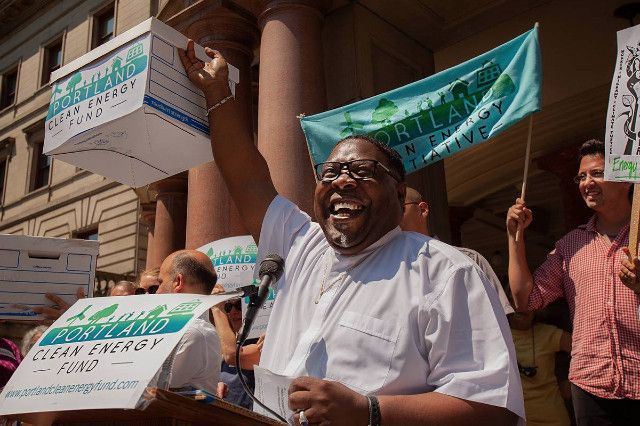
What role does the built environment have in addressing climate injustices?
This community-led initiative provides a practical approach to addressing climate injustices, specifically those experienced by Black and brown communities and low-income residents in Portland, Oregon. Rev. E.D. Mondainé and Mandy Lee present a pioneering approach that embraces both climate (mitigation and adaptation) and inequality issues to improve community resilience and wellbeing. A climate justice approach is better than attempting to solve one issue at a time.
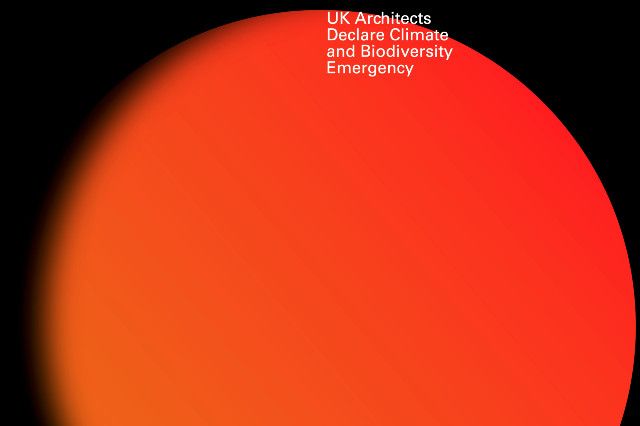
Architect Peter Clegg of Feilden Clegg Bradley Studios considers the 'Architects Declare' movement and what it means for designers to put these ideas into practice.
Architect Peter Clegg (Feilden Clegg Bradley Studios) describes the 'Architects Declare' movement, which was established in response to the climate emergency. He explores how the principles of 'Architects Declare' can be put into action, particularly through considering both operational energy and embodied carbon during the design of buildings.
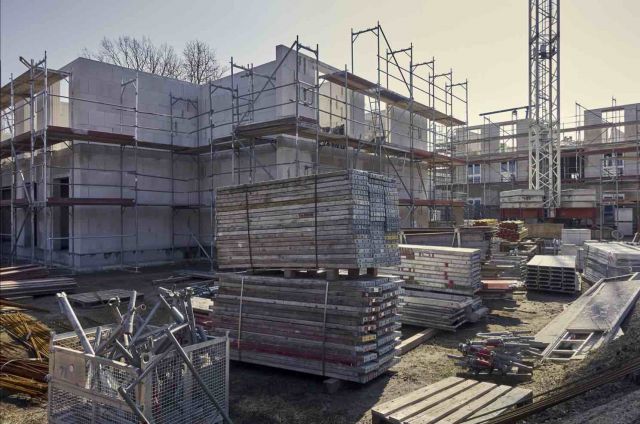
Robert Crawford (The University of Melbourne) explains the importance of research to create a radical, informed shift in the way we design and construct our buildings and cities.
Robert Crawford (The University of Melbourne) explains the importance of research for making a radical, informed shift in the way we design and construct our buildings and cities. A database on the embodied environmental aspects of construction materials shows how researchers, the construction industry and government can develop a much more environmentally responsive approach to our built environment.

Martin Mayfield (University of Sheffield) explains the importance of Urban Scale Digital Twins.
Urban infrastructure systems are
essential supporting instruments of society; they evolve gradually and some 19th
century infrastructure remains viable and essential today. Martin Mayfield discusses how urban scale digital twins
(USDT) provide a holistic approach to urban and infrastructure design, operation and future proofing.
Latest Peer-Reviewed Journal Content
A framework for 1.5°C-aligned GHG budgets in architecture
G Betti, I Spaar, D Bachmann, A Jerosch-Herold, E Kühner, R Yang, K Avhad & S Sinning
Net zero retrofit of the building stock [editorial]
D Godoy-Shimizu & P Steadman
Co-learning in living labs: nurturing civic agency and resilience
A Belfield
The importance of multi-roles and code-switching in living labs
H Noller & A Tarik
Researchers’ shifting roles in living labs for knowledge co-production
C-C Dobre & G Faldi
Increasing civic resilience in urban living labs: city authorities’ roles
E Alatalo, M Laine & M Kyrönviita
Co-curation as civic practice in community engagement
Z Li, M Sunikka-Blank, R Purohit & F Samuel
Preserving buildings: emission reductions from circular economy strategies in Austria
N Alaux, V Kulmer, J Vogel & A Passer
Urban living labs: relationality between institutions and local circularity
P Palo, M Adelfio, J Lundin & E Brandão
Living labs: epistemic modelling, temporariness and land value
J Clossick, T Khonsari & U Steven
Co-creating interventions to prevent mosquito-borne disease transmission in hospitals
O Sloan Wood, E Lupenza, D M Agnello, J B Knudsen, M Msellem, K L Schiøler & F Saleh
Circularity at the neighbourhood scale: co-creative living lab lessons
J Honsa, A Versele, T Van de Kerckhove & C Piccardo
Positive energy districts and energy communities: how living labs create value
E Malakhatka, O Shafqat, A Sandoff & L Thuvander
Built environment governance and professionalism: the end of laissez-faire (again)
S Foxell
Co-creating justice in housing energy transitions through energy living labs
D Ricci, C Leiwakabessy, S van Wieringen, P de Koning & T Konstantinou
HVAC characterisation of existing Canadian buildings for decarbonisation retrofit identification
J Adebisi & J J McArthur
Simulation and the building performance gap [editorial]
M Donn
Developing criteria for effective building-sector commitments in nationally determined contributions
P Graham, K McFarlane & M Taheri
Reimagining circularity: actions for optimising the use of existing buildings
R Lundgren, R Kyrö, S Toivonen & L Tähtinen
Effective interdisciplinary stakeholder engagement in net zero building design
S Vakeva-Baird, F Tahmasebi, JJ Williams & D Mumovic
Metrics for building component disassembly potential: a practical framework
H Järvelä, A Lehto, T Pirilä & M Kuittinen
The unfitness of dwellings: why spatial and conceptual boundaries matter
E Nisonen, D Milián Bernal & S Pelsmakers
Environmental variables and air quality: implications for planning and public health
H Itzhak-Ben-Shalom, T Saroglou, V Multanen, A Vanunu, A Karnieli, D Katoshevski, N Davidovitch & I A Meir
Exploring diverse drivers behind hybrid heating solutions
S Kilpeläinen, S Pelsmakers, R Castaño-Rosa & M-S Miettinen
Urban rooms and the expanded ecology of urban living labs
E Akbil & C Butterworth
Living with extreme heat: perceptions and experiences
L King & C Demski
A systemic decision-making model for energy retrofits
C Schünemann, M Dshemuchadse & S Scherbaum
Modelling site-specific outdoor temperature for buildings in urban environments
K Cebrat, J Narożny, M Baborska-Narożny & M Smektała
Understanding shading through home-use experience, measurement and modelling
M Baborska-Narożny, K Bandurski, & M Grudzińska
Building performance simulation for sensemaking in architectural pedagogy
M Bohm
Beyond the building: governance challenges in social housing retrofit
H Charles
Heat stress in social housing districts: tree cover–built form interaction
C Lopez-Ordoñez, E Garcia-Nevado, H Coch & M Morganti
An observational analysis of shade-related pedestrian activity
M Levenson, D Pearlmutter & O Aleksandrowicz
Learning to sail a building: a people-first approach to retrofit
B Bordass, R Pender, K Steele & A Graham
Market transformations: gas conversion as a blueprint for net zero retrofit
A Gillich
Resistance against zero-emission neighbourhood infrastructuring: key lessons from Norway
T Berker & R Woods
Megatrends and weak signals shaping future real estate
S Toivonen
A strategic niche management framework to scale deep energy retrofits
T H King & M Jemtrud
Generative AI: reconfiguring supervision and doctoral research
P Boyd & D Harding
Exploring interactions between shading and view using visual difference prediction
S Wasilewski & M Andersen
How urban green infrastructure contributes to carbon neutrality [briefing note]
R Hautamäki, L Kulmala, M Ariluoma & L Järvi
Implementing and operating net zero buildings in South Africa
R Terblanche, C May & J Steward
Quantifying inter-dwelling air exchanges during fan pressurisation tests
D Glew, F Thomas, D Miles-Shenton & J Parker
Western Asian and Northern African residential building stocks: archetype analysis
S Akin, A Eghbali, C Nwagwu & E Hertwich
Join Our Community

The most important part of any journal is our people – readers, authors, reviewers, editorial board members and editors. You are cordially invited to join our community by joining our mailing list. We send out occasional emails about the journal – calls for papers, special issues, events and more.
We will not share your email with third parties. Read more
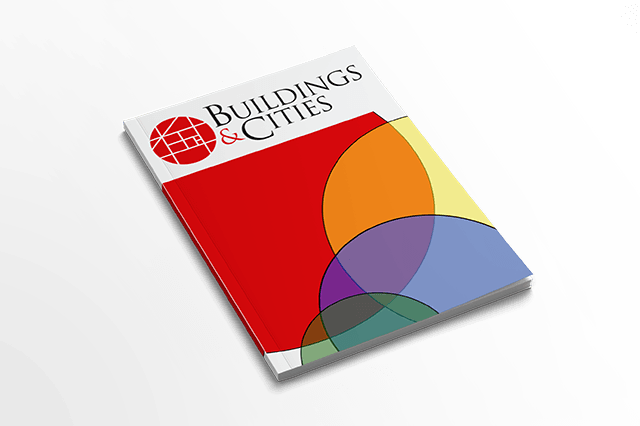
Latest Commentaries
COP30 Report
Matti Kuittinen (Aalto University) reflects on his experience of attending the 2025 UN Conference of the Parties in Belém, Brazil. The roadmaps and commitments failed to deliver the objectives of the 2025 Paris Agreement. However, 2 countries - Japan and Senegal - announced they are creating roadmaps to decarbonise their buildings. An international group of government ministers put housing on the agenda - specifying the need for reduced carbon and energy use along with affordability, quality and climate resilience.
Building-Related Research: New Context, New Challenges
Raymond J. Cole (University of British Columbia) reflects on the key challenges raised in the 34 commissioned essays for Buildings & Cities 5th anniversary. Not only are key research issues identified, but the consequences of changing contexts for conducting research and tailoring its influence on society are highlighted as key areas of action.